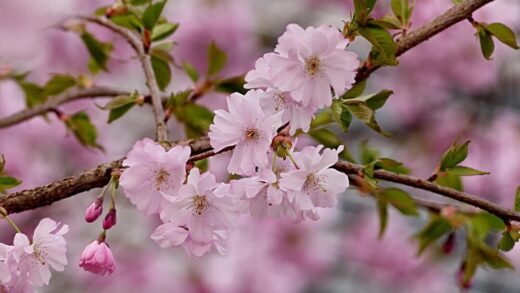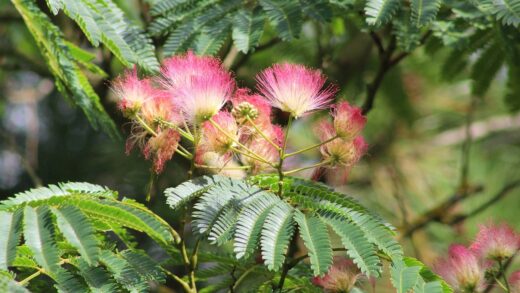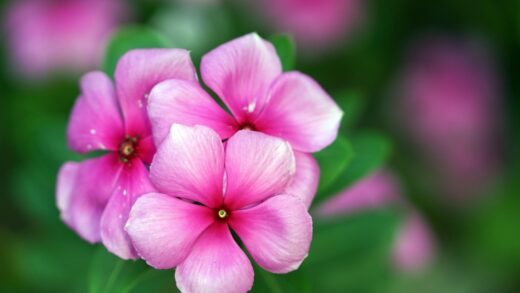Water is the lifeblood of any tree, and for the Douglas fir, understanding its specific water requirements is fundamental to its health and longevity. While mature, well-established trees exhibit a remarkable degree of drought tolerance, their early years are characterized by a critical need for consistent moisture to develop a deep and extensive root system. This foundation is essential for anchoring the tree and for accessing water from deeper soil profiles during drier periods later in life. Therefore, a strategic approach to irrigation, especially during the establishment phase, is not merely beneficial but is a crucial investment in the tree’s future resilience. Overlooking this can lead to a stunted, stressed tree that is far more vulnerable to pests and diseases.
During the first few years after planting, a young Douglas fir is entirely dependent on a consistent supply of water to survive and thrive. The root system is still confined to the original planting hole and has not yet extended into the surrounding soil, making it highly susceptible to drying out. A regular irrigation schedule is therefore essential, particularly from late spring through early autumn when temperatures are higher and rainfall may be less frequent. A general guideline is to provide a deep watering once or twice a week, ensuring the water penetrates the soil to a depth of at least 30 centimeters. The goal is to keep the soil consistently moist, but not saturated, as waterlogged conditions can be just as detrimental as drought by depriving the roots of oxygen.
The method of irrigation is as important as the frequency. Simply spraying the surface with a hose is ineffective, as much of the water will evaporate before it can be absorbed. The most effective techniques are those that deliver water slowly and directly to the root zone. Drip irrigation systems or soaker hoses are ideal, as they release water gradually, allowing it to soak deep into the soil with minimal runoff or evaporation. Another effective method for individual trees is to build a small earthen berm, or water well, around the base of the tree to contain the water and ensure it percolates down to the roots. Deep watering encourages the roots to grow downwards in search of moisture, leading to a more stable and drought-resistant tree.
As the Douglas fir matures and its root system becomes more established, its reliance on supplemental irrigation decreases significantly. After approximately three to five years, a healthy tree growing in a suitable climate will typically be able to sustain itself with natural rainfall alone. However, it is important to remain observant, especially during periods of extended drought or unusually high temperatures. Even mature trees can experience stress under extreme conditions, which may manifest as browning or dropping needles. During such severe dry spells, providing a deep, infrequent watering can help the tree conserve its resources and weather the stressful period without sustaining long-term damage.
Understanding the influence of soil type and local climate is critical when tailoring an irrigation strategy for a Douglas fir. Trees planted in sandy, well-drained soils will require more frequent watering than those in heavier soils that retain moisture for longer periods. Similarly, a tree in a hot, windy location will lose more water through evapotranspiration and will thus have higher irrigation needs than one in a cooler, more sheltered spot. Adjusting the watering schedule based on these environmental factors, as well as recent rainfall, is key to providing the right amount of moisture without over- or under-watering. Using a trowel to check the soil moisture a few centimeters below the surface is a simple yet effective way to gauge when it is time to water again.
More articles on this topic
Mulching for moisture conservation
Applying a layer of organic mulch around the base of a Douglas fir is one of the most effective strategies for managing its water needs and promoting overall health. A thick layer of mulch, approximately 5 to 10 centimeters deep, acts as a protective blanket over the soil. Its primary benefit in terms of water management is the significant reduction in moisture loss due to evaporation from the soil surface. This means that the water provided by rainfall or irrigation remains available to the tree’s roots for a much longer period, reducing the overall frequency of watering required to keep the tree healthy.
The benefits of mulching extend far beyond simple moisture conservation. As the organic material, such as wood chips, shredded bark, or pine needles, gradually decomposes, it enriches the soil with valuable nutrients and improves its structure. This process enhances the soil’s water-holding capacity, creating a more resilient and supportive environment for the root system. Furthermore, a proper mulch layer helps to suppress the growth of weeds, which would otherwise compete with the young tree for water and nutrients, particularly during its critical establishment phase. A weed-free zone around the trunk is essential for ensuring the tree receives the resources it needs.
Proper application of mulch is crucial to reap its benefits without inadvertently causing harm to the tree. The mulch should be spread evenly over the root zone, extending out to the tree’s drip line or even slightly beyond. However, it is critically important to pull the mulch back from the immediate vicinity of the trunk, creating a small, mulch-free circle a few centimeters wide. Piling mulch directly against the bark can trap excessive moisture, creating an ideal environment for the development of fungal diseases and collar rot. This simple precautionary step ensures that the base of the tree remains dry and can prevent serious health issues down the line.
The choice of mulching material can also influence its effectiveness and offer additional benefits. Coarse-textured organic mulches, like wood chips or bark nuggets, are generally preferred for trees like the Douglas fir. These materials are slow to break down, providing long-lasting benefits, and their structure allows for good air and water penetration into the soil below. They also create a habitat for beneficial soil microorganisms that contribute to a healthy soil ecosystem. Reapplying a fresh layer of mulch every one to two years is recommended to maintain its depth and continue providing these numerous advantages for the tree’s water management and overall vitality.


















